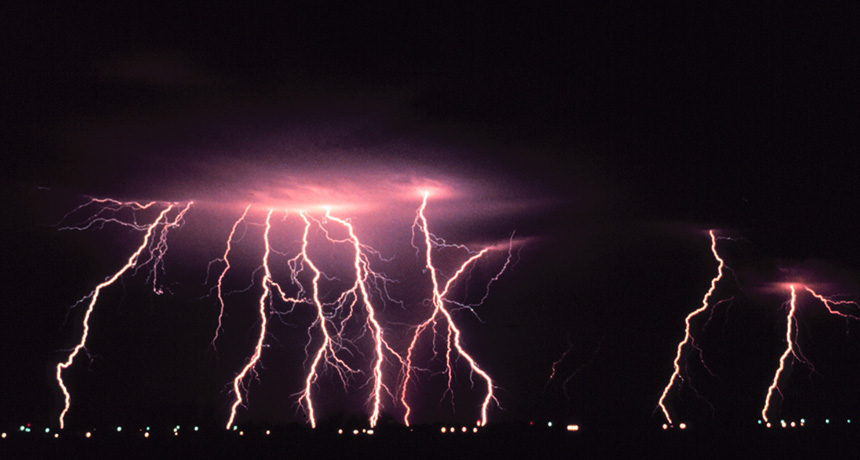Earth has nothing on this exoplanet’s lightning storms
HAT-P-11b has some intense electric weather

EXOPLANET SPARKS Lightning storms on Earth (shown) pale in comparison to those speculated to occur on HAT-P-11b, a planet 124 light-years away.
C. Clark/NOAA